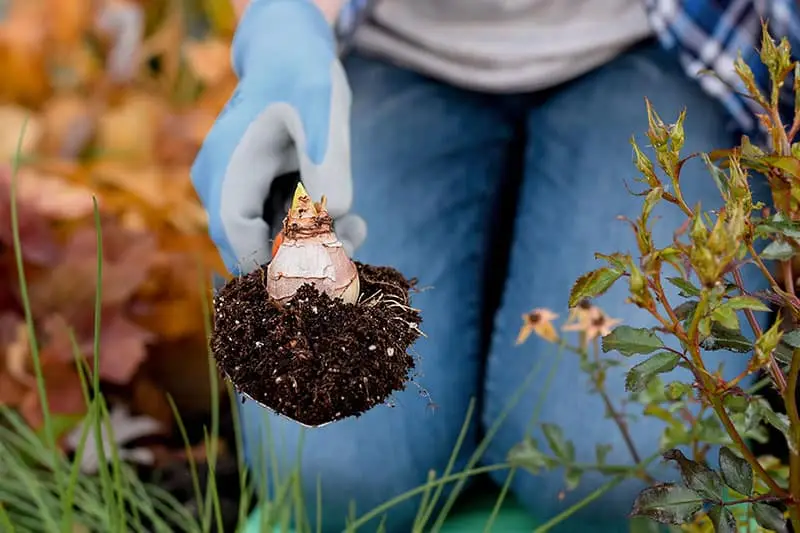We are experiencing some cooler temperatures at night and there are no triple digit days on the horizon. Spring might get the most buzz when it comes to planting but there are advantages to planting in the fall. Native plants and grasses should be planted 8-12 weeks before the first frost to give them a chance to establish their root systems. This time before the first frost is critical to the plant’s success in the spring. Just because the temperatures aren’t blazing hot, doesn’t mean your plants don’t need water. Most of us shut off our irrigation systems in the winter. However, even dormant plants need water. Until the root systems have matured, supplemental water is necessary, particularly with the dense, clay soil so common in East Texas.
While the above ground temperature may be dropping significantly, planting in early fall provides a warmer environment beneath the ground’s surface that protects and insulates the plant’s roots. Watering twice per month during the first winter’s planting season, followed by once a month once roots are established will help ensure healthy plants emerge in the spring. Planting in September gives grasses 8-12 weeks of growth before the first frost. Native seed should be sown 4-6 weeks before the last frost date. We recommend planting native seeds before winter arrives because they typically need 3 months of cold, moist stratification. This process helps break the seed’s dormancy period, allowing it to sprout in the spring. By planting natives in the fall, it frees up some time for spring clean-up like pruning and mulching.
There are over 2,700 species of wildflower native to Texas. Most wildflowers have a wide tolerance of soil and pH conditions. Some native seeds to consider are the Texas Bluebonnet. Our state flower blooms through spring and early summer. They like a sunny location with well-drained soil, and they require little water. Echinacea or cone flower blooms summer to fall. This medicinal plant produces long lasting blooms that attract pollinators to your yard. Lupine can grow in full sun or part shade. Producing colorful flower spikes, this perennial blooms in spring and summer. Indian Blanket, Phlox, Pink Evening Primrose, Black-Eyed Susan, and Indian Paintbrush enjoy full sun and provide a blanket of hardy color. These native plants are all well adapted to the soil and climate here in East Texas. Native plants are typically more disease and pest resistant. They require less water and provide a range of benefits for wildlife. Wildflower seeds are an inexpensive and low maintenance way to introduce color, texture, and beauty to your yard.










